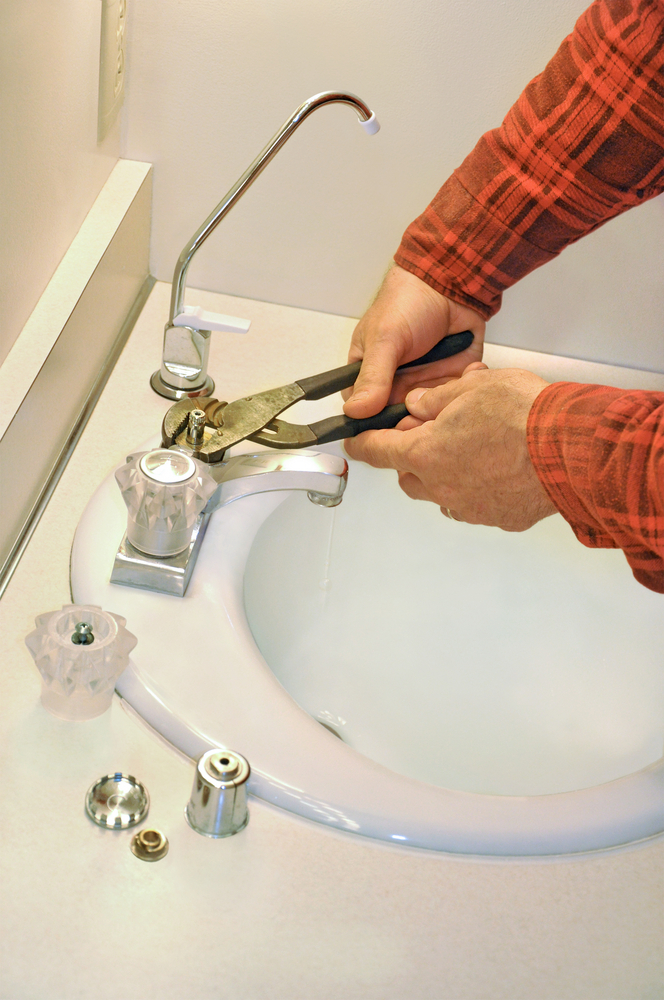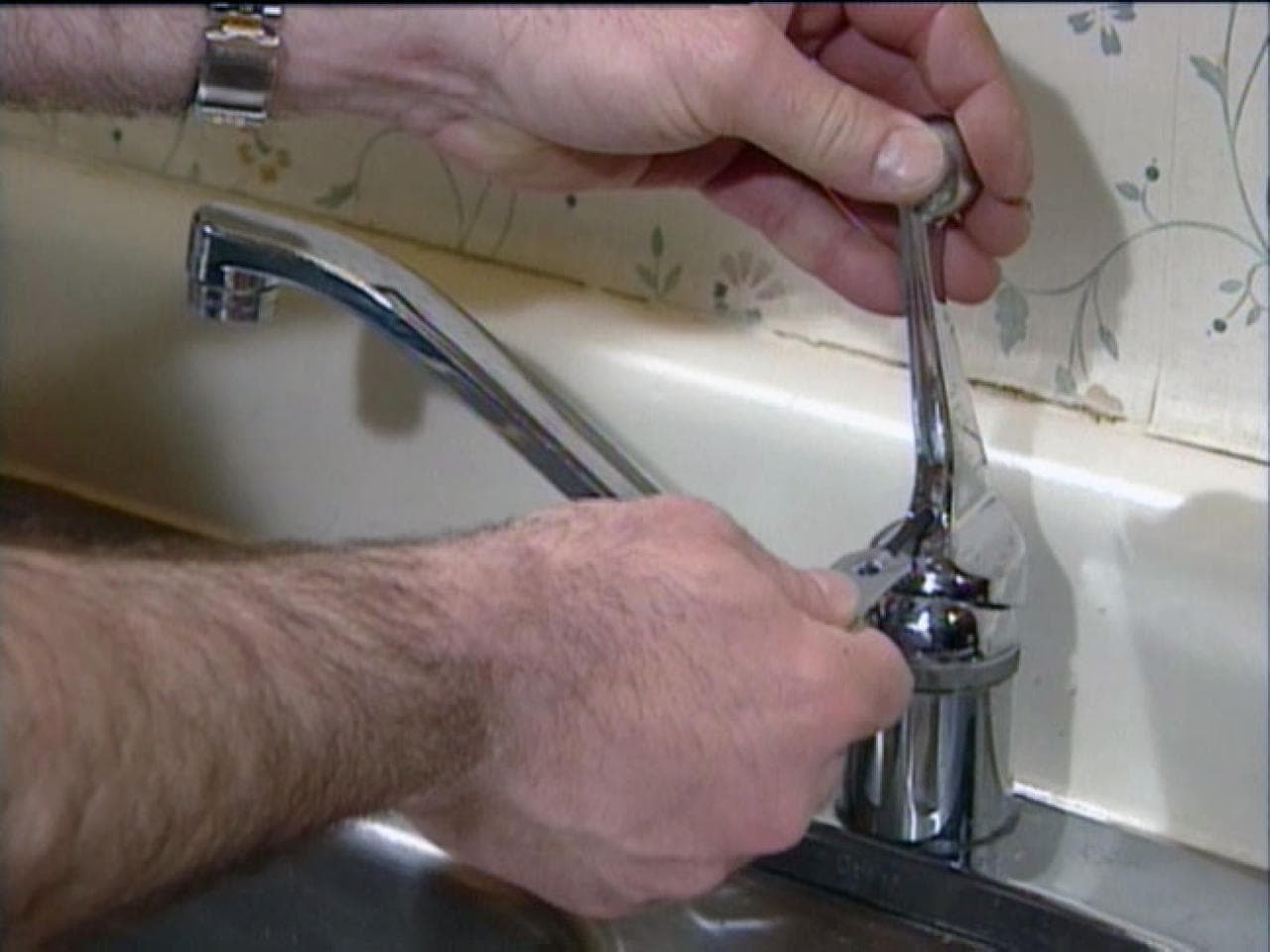Uncovering the Significance of Dealing with a Broken Faucet
Uncovering the Significance of Dealing with a Broken Faucet
Blog Article
Nearly everybody maintains his or her own piece of advice involving Why Is It Important To Fix Your Leaking Tap/Faucet?.

Leaking faucets may appear like a minor trouble, however their effect goes beyond just the annoyance of the sound. From drainage to sustaining unneeded economic prices and health risks, overlooking a trickling faucet can result in numerous repercussions. In this article, we'll delve into why it's essential to resolve this common household problem promptly and properly.
Waste of Water
Environmental Influence
Trickling taps add dramatically to water waste. According to the Environmental Protection Agency (EPA), a single faucet dripping at one drip per second can throw away greater than 3,000 gallons of water per year. This not just stress water resources but also influences ecosystems and wildlife dependent on them.
Financial Expenses
Enhanced Water Costs
Beyond the environmental influence, leaking taps can pump up water bills considerably. The accumulated waste with time converts into higher energy expenses, which can have been prevented with timely repair work.
Prospective Building Damages
Additionally, prolonged trickling can cause damage to components and surfaces bordering the faucet. Water accumulation can create discoloration, corrosion, and also architectural problems if left ignored, causing added repair service costs.
Health Problems
Mold And Mildew and Mildew Growth
The continuous presence of moisture from a trickling faucet develops an excellent atmosphere for mold and mold growth. These fungis not just compromise interior air quality however additionally pose wellness risks, particularly for people with breathing problems or allergic reactions.
Waterborne Diseases
Stationary water in trickling faucets can become a breeding place for microorganisms and various other virus, enhancing the danger of waterborne conditions. Impurities such as Legionella microorganisms grow in stationary water, possibly resulting in serious health problems when consumed or breathed in.
DIY vs. Professional Repair work
Advantages and disadvantages of DIY Repair
While some may try to take care of a leaking tap themselves, do it yourself repair work include their very own set of difficulties. Without correct knowledge and tools, DIY attempts can intensify the concern or result in incomplete fixings, extending the trouble.
Benefits of Employing an Expert Plumber
Employing a professional plumber ensures that the underlying source of the leaking faucet is resolved efficiently. Plumbings possess the expertise and tools to diagnose and fix faucet concerns successfully, saving time and lessening the risk of more damages.
Step-by-Step Guide to Fixing a Dripping Faucet
Tools Needed
Before trying to deal with a trickling tap, collect the needed tools, including a flexible wrench, screwdrivers, substitute parts (such as washers or cartridges), and plumber's tape.
Typical Faucet Issues and Their Solutions
Identify the sort of tap and the specific issue creating the drip. Typical troubles consist of worn-out washers, corroded shutoff seats, or malfunctioning O-rings. Refer to producer instructions or on-line tutorials for step-by-step assistance on repair work.
Preventive Measures
Regular Upkeep Tips
To stop trickling faucets, perform regular upkeep such as cleaning aerators, examining for leakages, and changing damaged parts immediately. Additionally, take into consideration mounting water-saving gadgets or updating to extra efficient fixtures.
Relevance of Prompt Repairs
Addressing trickling taps as quickly as they're discovered protects against further water waste and prospective damage, inevitably conserving both water and money over time.
Impact on Residential Or Commercial Property Worth
Perception of Well-Maintained Property
Keeping a residential or commercial property in good condition, including dealing with upkeep issues like dripping taps, enhances its viewed value and worth among possible purchasers or lessees.
Impact on Resale Worth
Features with properly maintained plumbing fixtures, consisting of taps, command higher resale values in the realty market. Resolving dripping taps can add to a favorable perception throughout property examinations and negotiations.
Ecological Responsibility
Private Payment to Conservation
Taking obligation for dealing with dripping faucets lines up with more comprehensive efforts toward water conservation and ecological sustainability. Every person's activities jointly make a considerable effect on protecting precious resources.
Lasting Living Practices
By focusing on timely repair work and taking on water-saving practices, individuals add to sustainable living methods that benefit both existing and future generations.
Final thought
Addressing a trickling tap goes beyond plain benefit; it's an important action toward preserving water, decreasing economic costs, and securing health and property. Whether with do it yourself repairs or expert aid, taking action to take care of trickling faucets is a little yet impactful way to promote accountable stewardship of resources and add to a much healthier, extra sustainable future.
Most Common Reasons for a Leaky Faucet and How to Stop the Drip
Whether it’s your kitchen faucet leaking or a bathroom faucet leaking, one leaky faucet can waste anywhere from three to 30 gallons of water every single day. If the constant drip-drip-drip doesn’t get your attention, your water bill will. The good news is that, by following a few simple steps, chances are pretty good you can fix the problem yourself.
Why is it dripping?
Before you start taking things apart, let’s break down some of the most common causes of a leaky faucet.
Bad O-ring.
A cartridge is a valve that controls the flow of water into the faucet spout. On cartridge faucets there’s an O-ring—the little disc attached to the stem screw that holds the faucet handle in place. If it’s loose or worn-out, it can cause your sink handle to leak. Of course, the cartridge itself could be worn out. If that’s the case, make sure you replace it with the exact same kind.
Corroded valve seat.
The valve seat connects the faucet and the spout. If the leak seems to be coming from the spout, it might be because a buildup of water sediment has corroded the valve seat.
Worn-out washers or seals.
A leaky spout could be caused by a bad washer that rests against the valve seat. It’s just a matter of time before friction takes its toll. It could also be the wrong size washer or one that’s been installed incorrectly. Water sediments can also corrode inlet and outlet seals.
Water pressure.
If the faucet only drips now and then, or when you turn the handles a certain way, you should probably check your home’s water pressure.
Loose or broken parts.
The adjusting ring and packing nuts in the stream screw can become loose over time, causing your sink handle to leak. Try tightening or replacing the packing nut. If the leak is coming from the pipes underneath the sink, you probably have a broken pipe or fitting. If that’s the case, you should definitely call a plumber.
Know your faucet.
Faucets come in a variety of types. Each one has its own assembly—and its own possible causes of leaks. Learning about the four most common kinds of faucets will help you know how to take them apart and make any repairs.
How to stop a leaky faucet
Fixing that leaky faucet doesn’t have to take a lot of time, money, or expertise. It’s usually a simple matter of replacing a worn-out washer or gasket, a loose O ring, or another part. Chances are really good you can do this yourself if you follow these simple steps.
Shut off the water.
Before you tackle the faucet, cut off the water supply to the sink. There should be one valve for hot and one for cold. Hand-turn them clockwise with your hands till they close. If there are no valves under the sink, head to the basement and shut off the main water supply to the house. Then turn on the faucet until it empties out the water that’s still in the line and you’re ready to start. It’s a good idea to cover the sink drain with a plug or a rag so you don’t lose any small pieces and parts while you’re working.

I hope you liked our piece on . Thanks a lot for spending some time to browse our content. Those who liked our post please remember to share it. Thanks for being here. Don't forget to check our blog back soon.
Report this page